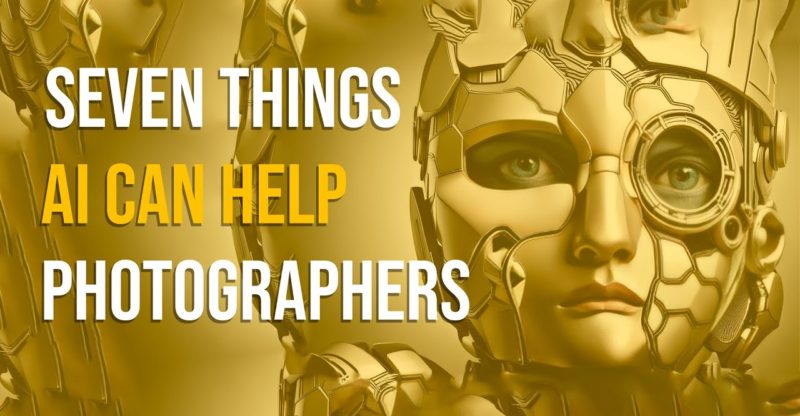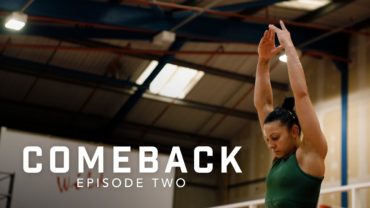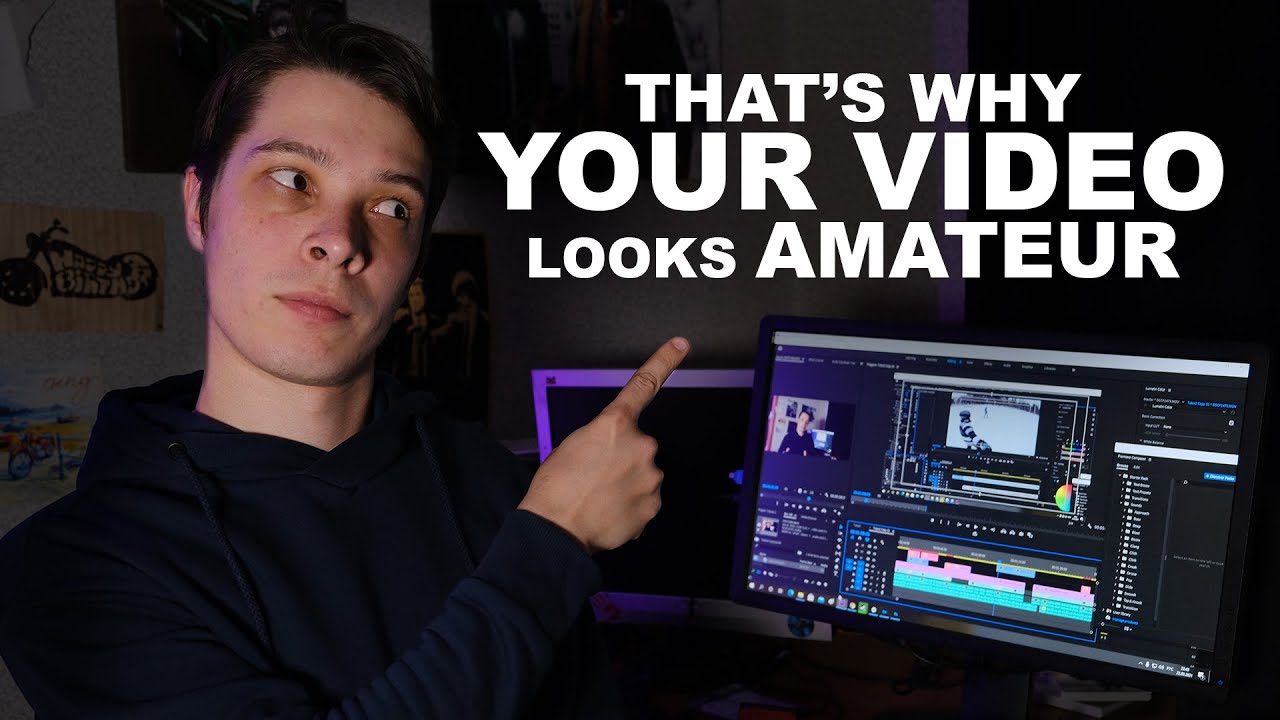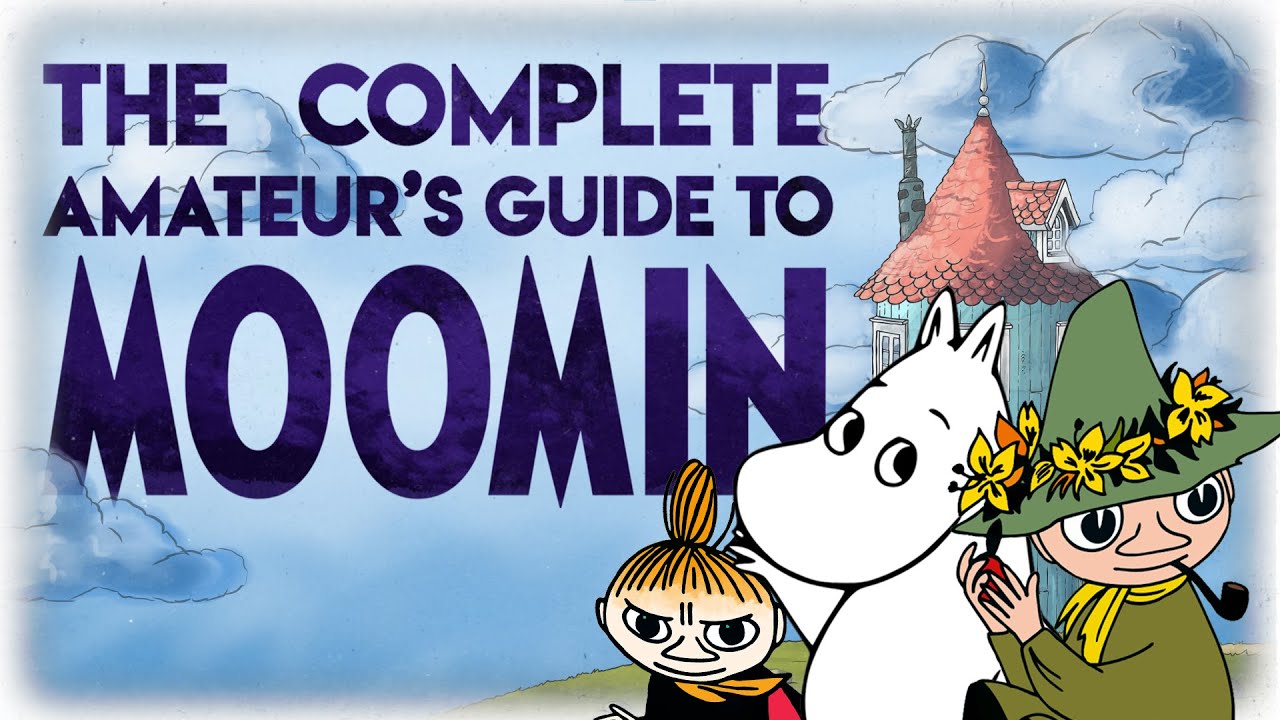7 things AI can help us PHOTOGRAPHERS!
AI is a buzzword now. Everyone is talking about it. But how can AI help us photographers? Seven things that I think
are the best ones. Hi, it's Peter here,
and let's get right into the business. Before we get into those seven things,
we have to remember that the use of AI is something that you should be in control of
and not let the AI rule the things. There's a saying that goes
the tool should not rule the man. At its best, it's a good help, but it's not a great master. So you have to be in control
and not let AI do everything. It can help us a lot. And we will start with the first one. The first one is subject recognition. AI. I believe the first camera that had a
AI based subject recognition was E-M1X
that was launched in January 2019.
It was a bit of a revolutionary thing
at the time because, as I said, I believe it was the first real big camera
that had that feature. I remember that people were slightly
mocking. Yeah, you know, recognizing trains is not a big thing
and all that, but it was the first one. And of course when you have the first
evolution, it might not be at its best, even though it worked
very well on the subject that it had. Now that feature is a standard feature in almost all the flagship cameras
that different manufacturers make. So that is one of the biggest things. For example, Bird recognition makes
photographing birds in flight very easy. But remember, you still have
to press the shutter at the right time so that you can really nailed the shot, but you don't have to worry about the AF.
Hey, AI will take care of that. And the same goes with portraits. For example. You don't have to, you know, concentrate on the AF. You can concentrate on the model itself. And the second thing
is computational photography. It gives us so many new possibilities to make great images. Of course, it cannot make the images
for us, but it can help a lot. Like multiple exposure,
LiveND, focus stacking, pixel shift. All that is kind of based on
even though you could argue that it's not. But anyways, computational photography is something that makes us have more possibilities
to make great images. And then there is bokeh
and shallow depth of field effect. You know that, for example,
smartphones are struggling with getting, you know, shallow depth of field,
but it can be done in computational ways.
And that is also something
that has come into certain cameras. I think Sony has a few vlogging cameras
that has a feature that will blur the background and it even will
make the skin tones look better. I think the newest vlogging camera,
I think it was V10 from Canon has that feature on
and it can be a bit overdone, but when used correctly,
I think it is one of the best features in computational photography too, because having slightly out-of-focus
background is a lot better.
You can get the separation
from the background easier and the focus
and the sharpness will be on the subject. And if it can be done in computational
ways, I think it's a progress, even though we have to remember that
it doesn't look exactly the same as when it's done
optically with a lens and a wide aperture. But still, I think it's a good,
good thing if used wisely. And then there are a lot of things
about image editing where I think at the moment
has been the biggest progress in AI.
And the first one is upscaling the images. Softwares like Google Pixel, AI Photo AI from Topaz Labs are good examples. What I think is
that when those get even better, they are quite good already,
but when they get even better, it will make the pixel amount
obsolete to a certain point. We don't need 40
megapixels, 20 megapixels enough. We can upscale it
and you don't see the difference. And I think that's
the biggest thing on that. And of course, if you need
you have 40 megapixel and you need hundred and 20, you can upscaled the image
and it looks totally fine. So making high megapixel images
with upscaling photo AI, I think is a good way
and it will make high megapixel cameras obsolete in certain extent, of course. And also, for example, like photo
I can enhance your image so that it will look a lot
better than the original. And also Dxo Marks
Photo Lab six with its optic modules on everything can make a let's say that
a little bad looking image a lot better.
And what I mean is technically, of course,
it won't fix your bad composition and or all that,
but it will make the image look better. So wisely used Gigapixel and photo AI and Dxo software is a good thing. It can help a lot. And then there is noise reduction AI,
which I think is one of the best things in image
editing for a long, long time. Because of course sometimes you use
high, high iso in your camera and you get a lot of noise. But with the noise reduction softwares
like topaz de noise dxp across a deep brain, which is included
in Dxp overall and also in photo Lab six. And then now
the newest kid on the block is Lightroom.

When it comes to an reduction,
it has an excellent noise reduction algorithm and they all using AI, they used a so-called neural
network and deep learning to know how the noise works and still can keep the details,
which is of course important. But I think that will also make high
ISO photography a lot, lot easier when you can almost
get a clean image after you've used the noise from different software.
Which one is the best? It depends on the image. I've done several tests about it. You probably noticed
that I recorded this in a different place because I just realized
I have a different glasses on because I was editing
and realized that this part was missing. But here it is. Let's go to the next one. And then we have automated image editing, which is of course, something that is not advised to do quite a bit, but with sky lamps, Luminar, Neo, for example, retouching a portrait,
it goes so fast and smoothly and I use it quite a lot for portraits
because I can make some presets and just click that and I can adjust hundreds and thousands of images
in a very, very fast way.
And also Lightroom snow masks. I which automatically detects
different parts of human being, for example,
and you can edit them separately. I think that's also a really, really good
way of making your image editing faster. But remember, you have to do the editing
part yourself, but the mask separation or choosing the masks
and making the masks should be left to AI. It's a lot faster
and in sometimes it's even better. So that's, I think
is one of the best things that you can do with image editing, either
automated AI masks and after the seventh step,
I will have an extra tape like always. And then one big thing is automating,
cataloging images, making databases of your image
with certain different parameters. And I use Excire Search and Excire Foto
for that.
It can detect the images by keywords,
similar images, colors, whatnot. And that is a very fast way
of finding your images because writing the keywords,
whatever image is something. For example, I've not done that much,
so finding my images from Lightroom catalog is not that easy. But with Excel, your search,
I can do it very fast and very efficient. It's not perfect yet,
but it's getting better and better, and I use it quite a lot. When I searched
images for my videos because it's just so much faster than just browsing through images
and trying to guess where they are. But here we can use
AI to find those images. Then the extra thing, text based image
generators. This is probably the biggest
and to be honest, the scariest part of AI in image making because it will.
I mean, the images that are generated
by text only will wipe out a lot of work from photographers
and I mean professional photographers. It doesn't really affect the hobby
photographers or the amateur photographer who is not making a living out of photography
because of course going out
and photographing is a lot better thing than just writing text them or prompt
and then get an image out. But for example, stock
photography will be vanished, that's for sure,
because it's a lot faster, a lot easier to make the image right in text
and let the A.I. generate the image
because the quality is astonishing. It's only like a little over half a year
that's daily was released the general public,
so anybody could use it. And now the progress
in the quality of the images is is huge.
It's gone. So much. So what will happen after five years? It's going to be crazy. And it's also a bit scary
because you can make almost anything. And that is the scariest thing
that has happened to professional photographers in my career
because that is the first thing that photographers job
are really on the line. Of course, they've been distractions
before, but not this big. This is going to be huge. Will AI make photographers obsolete? I don't think so. We still need photographers
and of course, amateur photography won't be affected that much by by all,
but it will help you if you use it wisely.
But what it does, it will replace
photographers who do not use AI, that's for sure, because AI makes everything so more
efficient and faster when used correctly. And here is the video about my thoughts about AI and image creation
with text based image creators. But I. Thanks for watching and bye for now..













